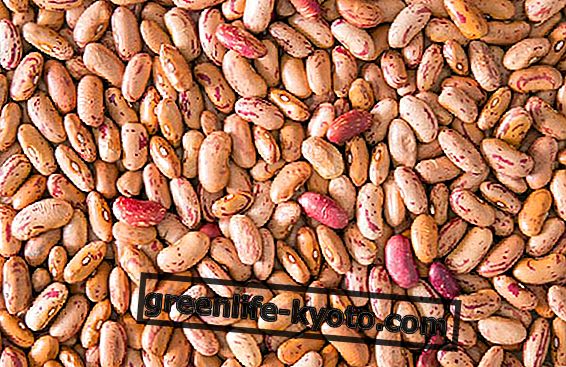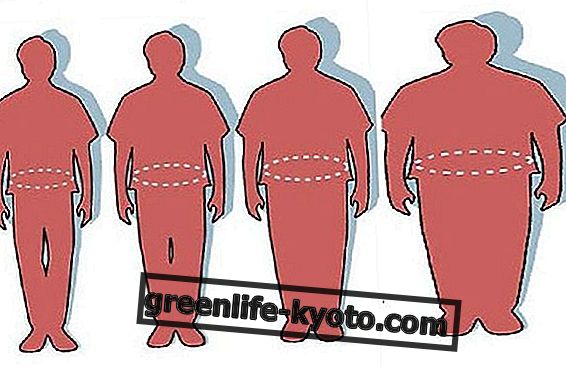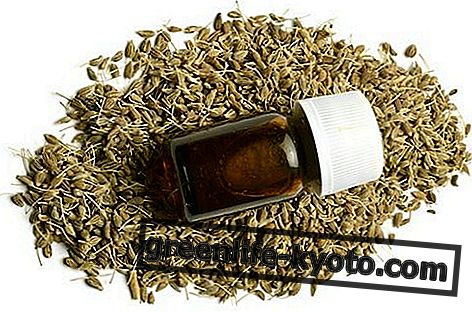
By law, in Italy, common pasta is the product obtained from the processing of durum wheat semolina or semolina and water; in foreign countries the common pasta can also be obtained from soft wheat flour, allowed in Italy only for the packaging of fresh pasta.
The best quality pasta, which cooks better and is tastier, is obtained from durum wheat, which contains starch and a higher percentage of gluten than common wheat.
Gluten is a wheat protein that, after grinding, is found mainly in the semolina. During cooking, gluten forms a kind of net that traps starch molecules inflated by water, leaving the appearance, texture and shape of the pasta unaltered. Soft wheat pasta does not have these characteristics and takes on a sticky appearance.
Raw pasta contains water (12.5%), starches (75%), vegetable proteins (11%, gluten), few simple sugars, fats (0.3%), small amounts of vitamins, mineral salts and fibers.
Some of these contents vary according to the type of pasta used: egg pasta has a higher protein content (13%) and fat (2.5%); the whole wheat pasta, packed with durum wheat and bran, is richer in fiber, with greater satiating effect, mineral salts and vitamins, in particular of group B ; gluten-free pasta, a type of special pasta in which 20-30% of gluten is added, gives a notable protein contribution.
Pasta starches are one of the best energy sources used by the body and, therefore, having to choose, in the midday meal it is better to consume a pasta-based first course.
The integration of pasta with other seasoning foods, such as oil or butter, cheese, meat, vegetables, egg, completes any deficiencies, enhancing their nutritional value. In this regard, it should be noted that the vegetable proteins of pasta, which have a lower nutritional value than those contained in animal foods, find the right complement in the proteins contained in legumes: the composition of pasta-based dishes and legumes, such as peas, beans, lentils, etc., allows to obtain unique dishes comparable, from the protein point of view, to a meat or fish dish, with the advantage of bringing a smaller quantity of fat.
The pasta must be cooked al dente, because in this way it needs a greater chewing that facilitates a first digestion in the mouth by salivary enzymes, and a more prolonged passage in the stomach, which prolongs the sense of satiety.
The belief that pasta makes you fat is a widespread mistake: pasta is an excellent source of energy (about 350 kcal per 100 g) necessary for the body and has a good satiating effect . The important thing is not to exaggerate in the portions and in the use of the seasoning, from which above all depends the nutritional and caloric value of the dish.
Another aspect to be taken into account is that the body slowly assimilates the starches (complex sugars) of the pasta, without creating an excessive accumulation of sugar in the blood.
Therefore the pasta, appropriately dosed and balanced with other foods, can also be consumed by diabetics and by those who follow a slimming diet, allowing to distribute energy during the day.













